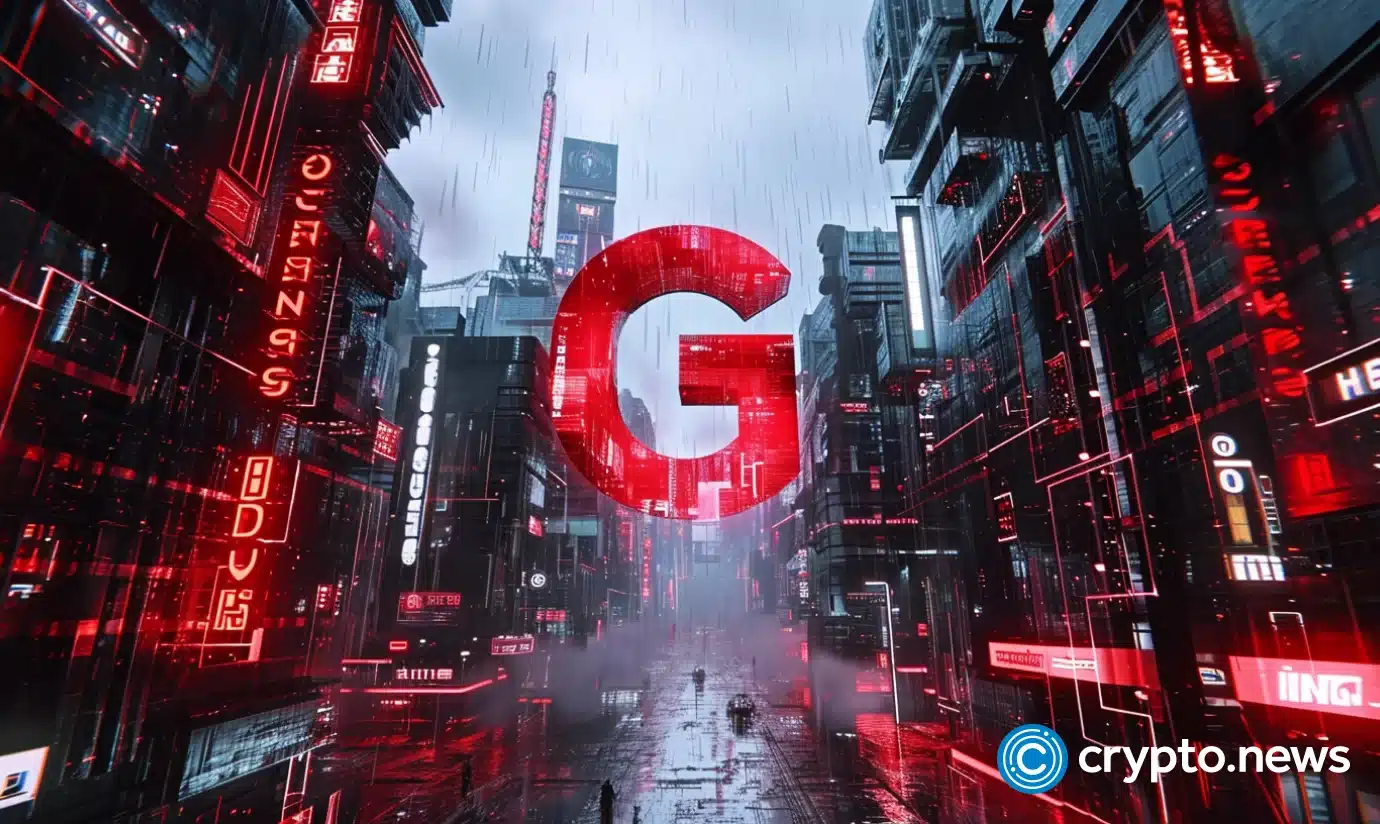
GameStop just secured another $450 million in its debt-fueled sprint toward becoming a Bitcoin-heavy treasury, bringing its total capital raise to $2.7 billion. But unlike Strategy, the company is doing so with a retail business in free fall.
According to a recent filing with the U.S. Securities and Exchange Commission, video game retailer GameStop (GME) secured an additional $450 million through the full exercise of a “greenshoe” option tied to its $2.25 billion convertible notes offering earlier this month.
The offering brought GameStop’s total capital raise to $2.7 billion, a war chest it says will fund corporate investments, including inquiring Bitcoin (BTC) as a treasury reserve asset.
A strategic imitation or reinvention in motion?
GameStop’s aggressive pivot to Bitcoin echoes a now-familiar playbook. The company’s recent filings reference an “investment policy” that includes acquiring BTC as a treasury reserve asset.
That language mirrors the model pioneered by Michael Saylor’s Strategy, which began stockpiling Bitcoin in 2020 amid macroeconomic uncertainty and balance sheet stagnation. However, the divergence is just as important as the resemblance.
Where Strategy was a steady, if unexciting, software firm when it began buying BTC, GameStop is a declining retailer. Strategy’s core revenue has shrunk modestly, down 6.2% year-over-year, but the business remains intact.
Its Bitcoin strategy has massively inflated its balance sheet, with information on its website showing total assets have ballooned from $2.4 billion in 2022 to over $43 billion as of Q1 2025. That’s a 591% annual increase.
Additionally, the Tysons Corner, Virginia-based firm has more than tripled its stock price, largely untethered from the fundamentals of its core enterprise software revenue.
By contrast, GameStop’s fundamentals are deteriorating. Q1 2025 revenue dropped 17%, and the company closed over 400 stores. The collectibles segment and a leaner retail footprint helped produce a $44.8 million net profit in Q1, but the long-term growth trend remains negative. That makes the Bitcoin pivot feel less like vision and more like a gamble.
Market reactions remain jittery. GME shares plunged 20% after the initial convertible note announcement in June, barely a month after its first Bitcoin acquisition. Unlike MSTR, which has historically traded at a premium to its BTC holdings, GME has yet to build that investor confidence.
The make-or-break factor: Bitcoin’s price
Strategy’s success relied on Bitcoin’s bull runs. Its $70,681 average cost basis versus the current $107,798 BTC price means even a significant crash wouldn’t wipe out gains. GameStop, however, entered the race when Bitcoin was trading above $108,000 in May, leaving almost no margin for error.
Worse, GameStop’s $1.48 billion in long-term debt, per Q1 filings, demands constant market access. If Bitcoin stagnates or dips, the company could face a liquidity crunch, something Strategy avoided by front-running the 2021 and 2024 rallies.










